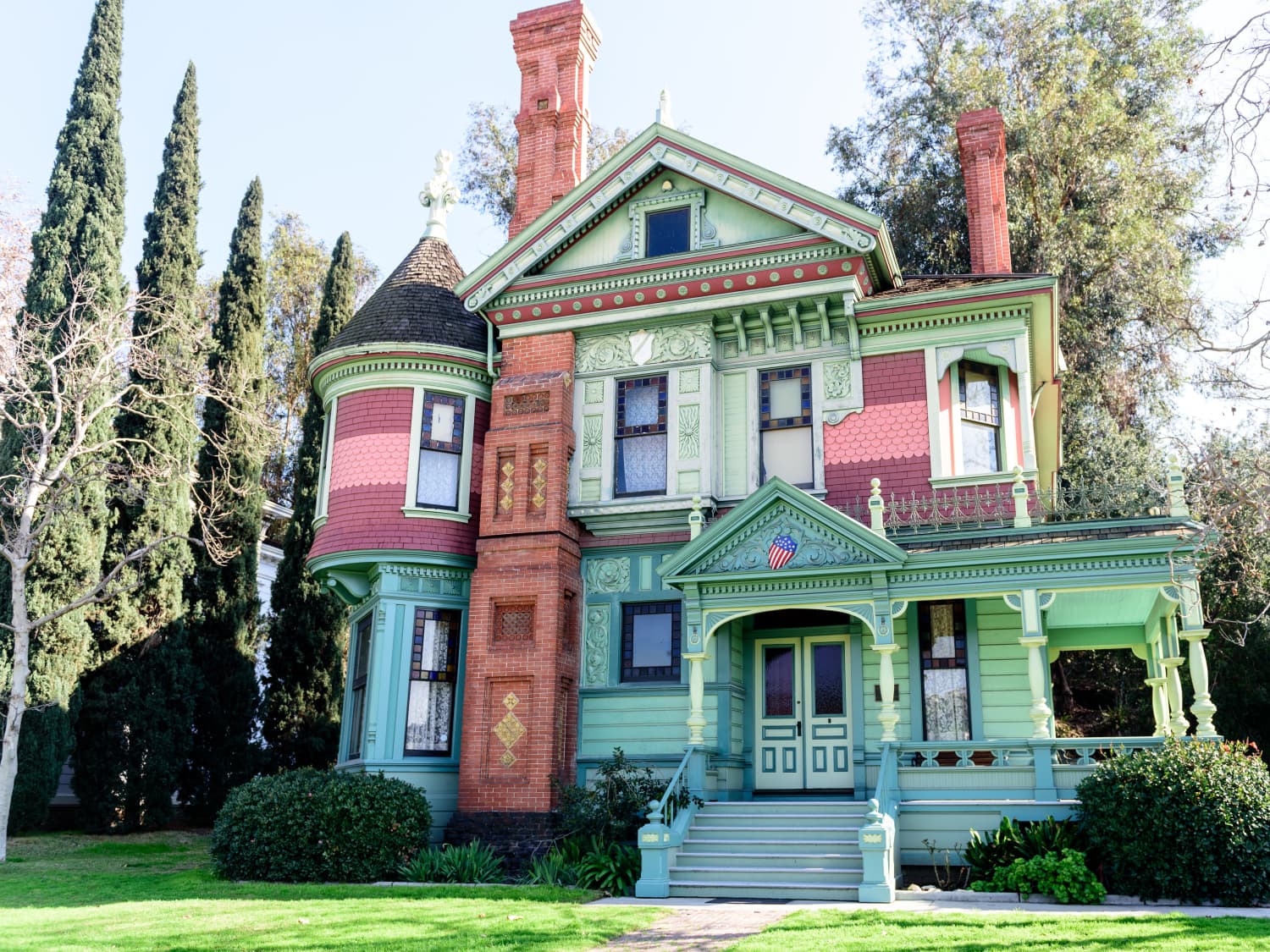
When it comes to writing sitcom shows, most people don't know what they're doing. As a result, they often end up getting the tone of their shows all wrong, making them either too dark or too silly. It is important to fully understand the content of the sitcom and its audience in order to make it work. To do this, the tone must be realistic and light.
Humor that is character-driven
Character-driven humor is a form of comedy that focuses on the development of characters and not the plot. The comedy revolves around the characters, and the relationships they have. This approach helps the audience relate to the characters, which in turn helps make the comedy more effective. This approach can be used in several ways in sitcoms.
In the early "hangout comedy" era, writers were more concerned about the energy and tone among the central group. Shows such as "New Girl" are best at letting the characters spend hours together, bantering, and having wacky conversations. Although there are glimpses of plot development from time to time, the character arcs seldom dominate the series.

Situation comedy
The roots of television's development of situation comedy can be traced back to radio programming. Radio broadcasts started out as experiments and were often focused only on music, drama, public affairs, and other topics. Radio was America's main entertainment source by the 1960s. Amos 'n' Andy, a comedy series that started on WMAQ Radio in 1929, was one of the longest-running radio shows in US broadcast history.
Radio broadcasts of situation comedy started in the 1920s. The duo Sam and Henry, originally from Chicago's Clear Channel Network, made their debut in 1926. CBS followed suit and the series became a popular sitcom in the 1930s. Despite their American origins, sitcoms spread to other countries and have continued to be produced today.
Live-action sitcoms
If you enjoy live-action sitcoms, there are many to choose from. Many of the most iconic sitcoms have been around many years. Some have even been deemed classics. "It’s Always Sunny, Philadelphia" got renewed recently for a record 15th season. "Seinfeld", on the other hand, has been running since nine seasons. The Simpsons and South Park are two of the longest-running animated adults comedy series. Now, "It's Always Sunny", which has surpassed Ozzie and Harriet, is poised to be the longest-running live action sitcom series on television.
Live-action sitcoms offer a great way to laugh. These sitcoms often have an irreverent and witty theme. And many of their characters are flawed. Many fans find them relatable and funny, despite their flaws.

Running gags
One of the best ways to keep viewers entertained is to run funny jokes, or 'running gags', throughout a sitcom show. These jokes are repeated over and over, and gain power as they become more common to the audience. To be considered a running gag, the joke must be repeated at least 3 times. Some sitcoms use running gags often, while others do so only occasionally to maximize impact.
Although running gags can be limited to one episode, they can recur throughout the series. They can also be adapted to other variations such as the Lampshade Hooking, Didn’t You Use This Joke Already?, or Running Gagged in which a character breaks fourth wall to say the joke.
FAQ
What is the measurement of TV ads?
Advertisers use the number of people who actually view an ad to measure their effectiveness. They also gauge whether their ads have reached their target markets.
Surveys that ask viewers if the ad was seen are used by them to do this. If they respond yes, they are aware that they were exposed.
If they respond no, they know they weren’t exposed to the advertisement. This indicates how effective the ad reached its target market.
Is tv advertising still relevant today?
The answer is yes, but not because TV advertising is effective anymore. It's because people are watching less television. They are using other media instead.
Marketers have made TV ads an integral part their lives. They are needed to reach people where they spend the most time online.
Also, we need to ensure that TV ads connect with customers on a deeper level. This requires that we think differently about the way TV ads are created.
We can no longer rely on simple slogans or images. Instead, we must look at how TV is experienced. How do you engage people emotionally to make them feel compelled by your products?
These are all things that require creativity. Digital agencies are the new source of creativity.
How long does it take for a commercial to be made?
It depends on the size and complexity of the project. For a small project, one person may be needed to film the footage. A large project may require many people to work together.
A 30-second spot can usually be completed in between 2-5 days.
What Is a TV Spot?
A TV spot is a short (usually 30-second) advertisement that appears between programming segments on a television channel.
Most channels will run several TV spots per day. Each TV commercial usually covers a single topic, or theme, and is often created to promote a specific company or brand.
TV commercials may not only promote products or services; they can also be used by charities and events to market movies and music videos.
Are television commercials targeted for?
Targeting an ad with the right keywords is the best way to reach people.
This means that if you want your message to reach people who watch football on Sunday afternoons then advertise during football games. You can reach people who watch movies on Friday night by advertising during movie times.
If you want to reach people when they're eating dinner, then advertise during prime-time shows.
This is the key to understanding what people do with your ads. This requires having data about which programs they are viewing.
New technologies such as streaming video and DVRs are making data more accessible.
Remember that everyone is unique and has different preferences. So it's impossible to predict exactly which program someone will watch next.
It is important to test various types of ads. Based on real-world feedback, you'll discover which type of ads works best.
Advertisers do they spend a lot of cash on TV?
Advertisers spend large sums of money on TV to promote their products. Advertisers spend a lot of money to get consumers to buy their product.
They do this by spending money to research what people like or dislike about their products.
The information can then be used by advertising agencies to create ads that appeal to consumers.
What can advertising do for consumer behavior?
Advertisements influence consumer behavior in two main ways:
-
Advertising can lead us to associate certain things and brands with them. We might, for example, think that McDonald's hamburgers are better than Burger King's when we see an advertisement from McDonald's.
-
Advertisements show us how to behave. If a commercial says to go to a shop to buy a car, it is likely that we will.
Statistics
- Television is a great brand awareness tool - Almost every American has a television, with 83 percent of adults having two or more, and American households keep their televisions on for 8.1 hours each day on average. (marketingevolution.com)
- Video-ad views on OTT (over-the-top) devices grew 63% year over year in Q3 2016, and the trend is expected to continue, further crippling traditional TV advertising. (clearcode.cc)
- Radio is extremely accessible – 95 percent of cars have radios, and 99 percent of homes have radios. (marketingevolution.com)
- In fact, 76% of people completely skip the commercials while watching their programs. (qualitylogoproducts.com)
- In fact, when the ad first launched, Dos Equis quickly became one of the fastest-growing beers, increasing its sales by over 22%. (qualitylogoproducts.com)
External Links
How To
How do I make money with my TV commercials?
There are many ways to make money with your TV commercial. Some of these include:
Advertising - A paid promotion encouraging viewers to view your commercial.
After watching your commercial, merchandisers will sell merchandise that is related to your product.
Licensing – This refers a licensing of your commercial so that others businesses can use them in their own promotions.
Syndication - This refers to syndicating your commercial to other networks.
Advertising revenue can be used to pay production costs, and it can also be used for future funding.
Advertising can bring in significant income but it does not guarantee a return.
First, determine the type of advertising you are interested in before you start making money on your TV commercial. Before you decide on one, learn about the other options.
Next, think about where you would like your commercial placed. Are you looking to advertise on TV? You might prefer to target younger people by placing your ad near children's TV shows.
Finally, decide whether or not you want to purchase a commercial from a third-party. A professional will be able to help you write, direct and edit your commercial. A pre-made commercial will save you time and money.
You should decide how you want your commercial to look after that. Then, start looking at other options. Here are some factors to consider when choosing an advertisement method.
Target Audience- This is one of the most popular ways to advertise. For example, you could choose to advertise to kids, teens, young adults, middle-aged men, or women over 50 years old.
The key here is finding the right audience for your commercial. You don't want to waste money targeting people who aren't interested in your product or service.
You should consider the potential audience for your commercial when deciding where to place it. For example, if your advertisement is to be seen during a sporting event you might place it at the beginning. This will ensure that everyone who attends the event sees your commercial.
However, it may be necessary to find other ways to reach people if you are trying to reach people that live far from your home. To reach a larger audience, you can use satellite dishes or cable TV to broadcast your commercial.
Production Costs - Most companies spend between $5,000 and $10,000 per minute of commercial airtime. Advertisers are charged an advertising fee based on how long the spot is.
For example, if a company wants to run 30 seconds of commercial airtime, it will typically charge $1,500. They will be charged $2,500 to run for 60 minutes.
If you plan to make your own commercial, you can expect to spend anywhere from $3,000 to $15,000. You will also need to hire a writer, producer, editor and actor.
Time frame - The time it takes to complete an advertising campaign is also important. If your goal for the week is to sell product, you won’t be able or able to wait until after Super Bowl to start airing commercials. Instead, you'll need to choose a method that allows you to advertise quickly.
You will need to spend a lot time and effort to create a commercial that is effective for long-term exposure.
Cost Per Viewer - Finally, you should consider what it costs to view each person's commercial. This depends on your audience size and how many views it receives.
An example is a commercial that attracts 10 million viewers. It will be more expensive to produce a commercial that receives only 1,000 views.
To determine which option works best for you, you'll need to compare all of these factors. Here are some tips to help get you started once you've settled on a strategy.